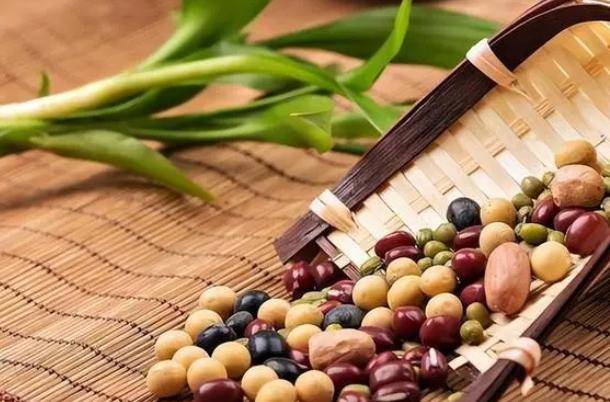According to relevant statistical data, Chinese people are among the high-risk population for diabetes, with a prevalence rate of over 10% among Chinese in affluent countries.
The genetics of our people are more suited to simple living and are not well-adapted to rapidly changing lifestyles. This has led to some unhealthy habits and diets during the transition from poverty to wealth, and these unhealthy practices may increase the risk of chronic diseases like diabetes.
Does eating whole grains lower blood sugar?
Eating whole grains can lower blood sugar. Whole grains, compared to refined grains, contain more dietary fiber, including soluble and insoluble fibers, which can slow down the digestion and absorption of food, leading to a more gradual increase in blood sugar levels. After consuming whole grains, the rise in blood sugar is more stable, avoiding sharp fluctuations.
Moreover, some phytochemical components found in whole grains, such as polyphenols and plant sterols, also inhibit carbohydrate-digesting enzymes, which can slow down the absorption of sugars and lower blood sugar levels.
Reminder: 4 types of whole grains are not recommended, share with family members.
1. Whole grain steamed buns
In daily life, some people buy or make whole grain steamed buns themselves. These buns are rich in dietary fiber, and many people enjoy them because they can help with weight loss and improve constipation. However, individuals with high blood sugar should limit their consumption of whole grain steamed buns.
Due to the unappetizing taste of whole grain steamed buns, people often mix coarser flour with white flour to improve the taste, which can raise blood sugar levels and hinder blood sugar control.
2. Whole grain biscuits
Whole grain biscuits sold on the market often contain a large number of food additives to enhance texture, and they may also contain significant amounts of trans fatty acids and fats.
Diabetics need to control both sugar and fat intake, as excessive fat can easily lead to complications. Therefore, individuals with high blood sugar should not consume too many whole grain biscuits.
3. Dark bread
Dark bread is made from dark cereal crops and has certain health benefits. However, some dark breads add a lot of sugar and fat for better taste and appearance, making them unsuitable for blood sugar control.
Thus, diabetics should choose genuine whole grain bread, rather than dark bread that contains high amounts of sugar and fat.
Additionally, there is now a type of “high-protein low-carb bread” made from coconut flour that contains no starch, has low carbohydrate content, provides strong satiety, and does not add sucrose. This is a very suitable bread for diabetics.
4. Instant oatmeal
Oatmeal has always been regarded as a nutritious and healthy food by the public, and for those seeking to lose weight or fat, it is often consumed as a staple.
However, it is essential to understand that most instant oatmeal available on the market is not suitable for diabetics, as the deep processing during oatmeal production can lead to starch gelatinization, which reduces the dietary fiber content of the oats.
Moreover, most oatmeal products are processed with added sugars and cooking oils, which can cause a spike in blood sugar levels after consumption, making disease management more challenging.


